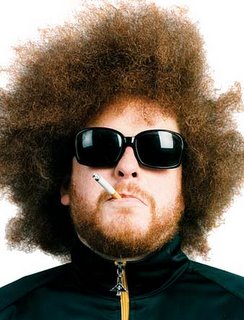One morning in September 1940, a newly arrived European musician paid a visit to the conductor Otto Klemperer in Los Angeles and found him discussing Gustav Mahler with his fellow-exile Bruno Walter. The visitor went on to lunch at the new home of Thomas Mann in Pacific Palisades, where he worked on some chamber music with Mann’s son Michael, a viola player. In the evening, he dropped in on Igor Stravinsky in Hollywood, assisting in a run-through of his violin concerto.
For a brief and unrepeatable moment, an eyeblink in cultural history, the City of Angels contained the future of classical music. Klemperer, a pioneer of modernist opera in Berlin, was working as music director of the Los Angeles Philharmonic, pushing out the horizons with daring commissions to living composers. Stravinsky, a quarter-century after his noisy notoriety with “Rite of Spring,” was in the thick of his neoclassical period. Off Sunset Boulevard, on North Rockingham Avenue, lived Arnold Schoenberg, the man who had broken music out of its tonal straitjacket. Thus two of the century’s three musical revolutionaries wound up in the same city of refuge. The third, Bela Bartok, lived in New York.
Hollywood history fascinates me and here's yet another facet of that town I didn't know about.




No comments:
Post a Comment